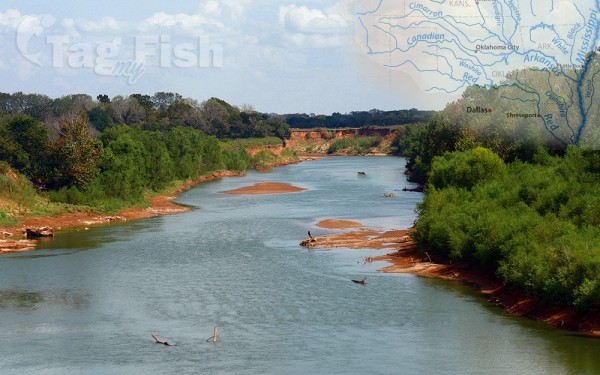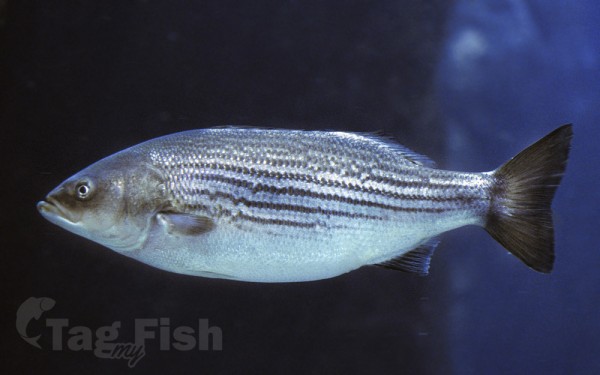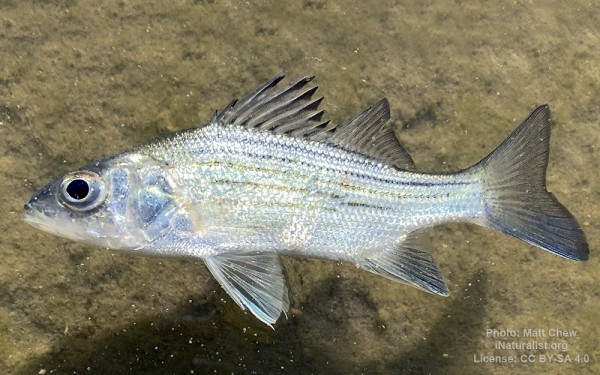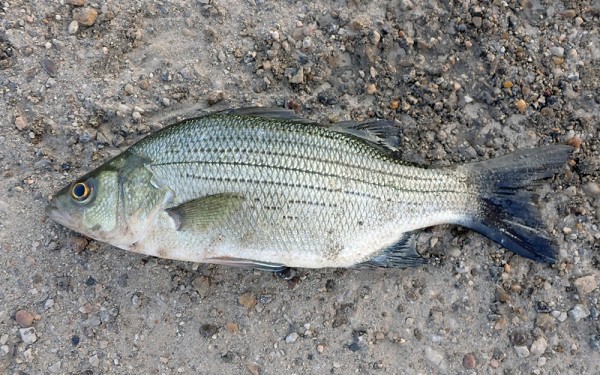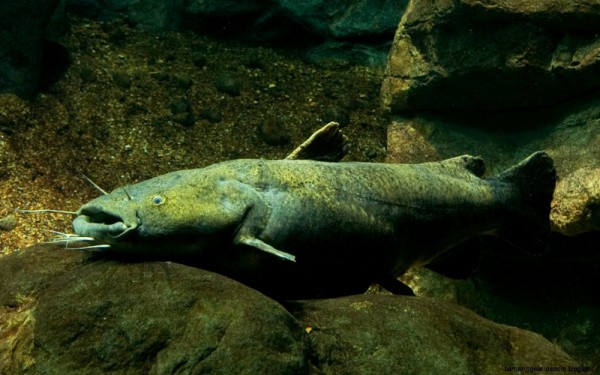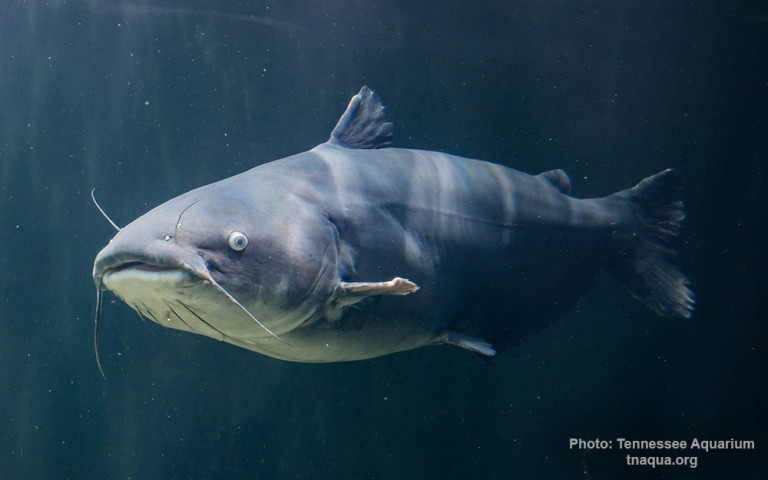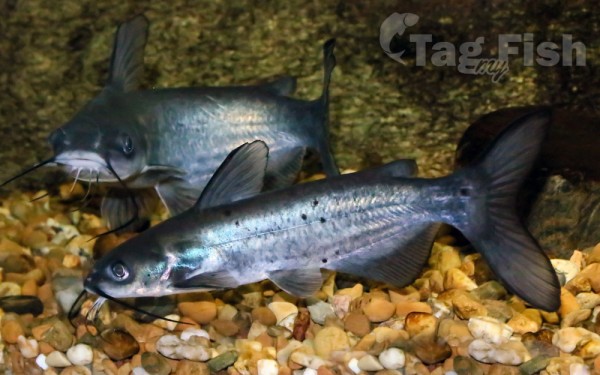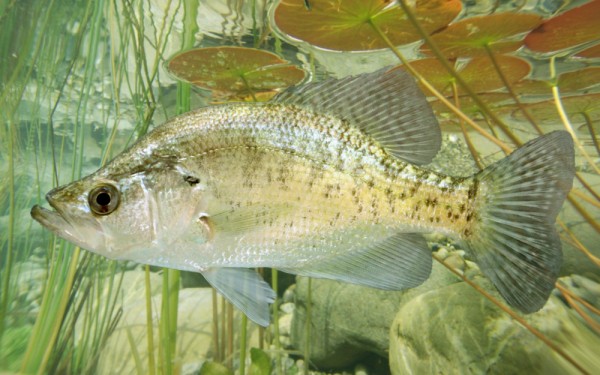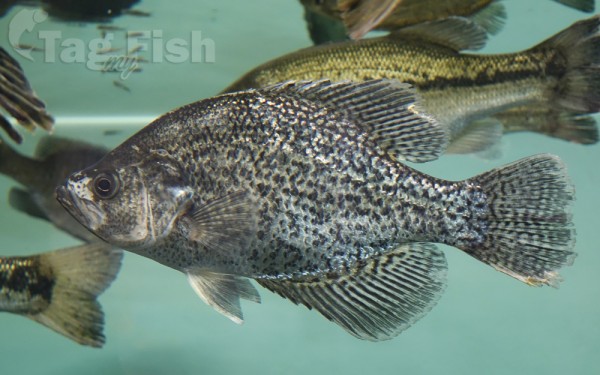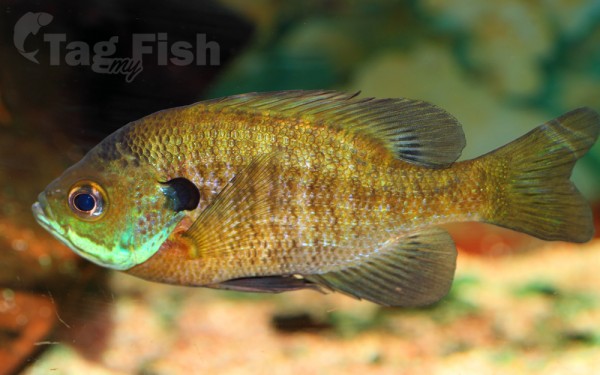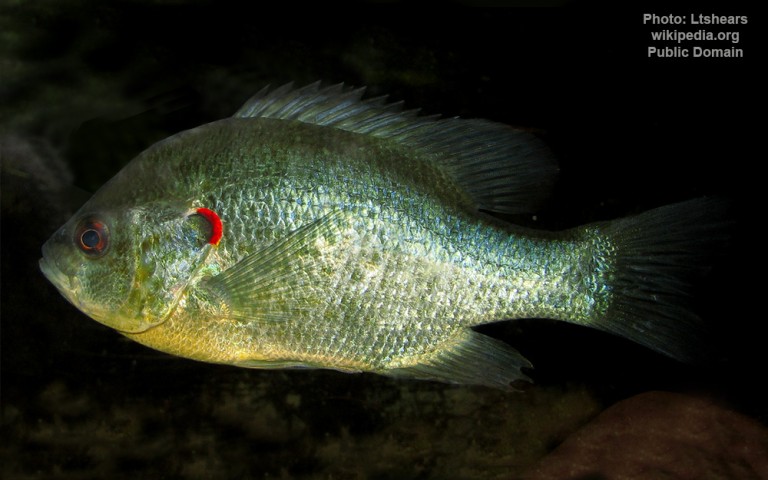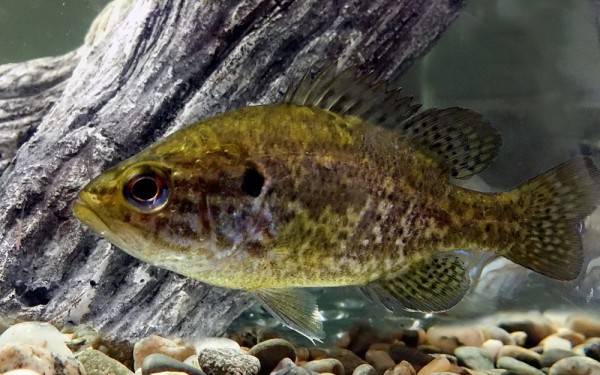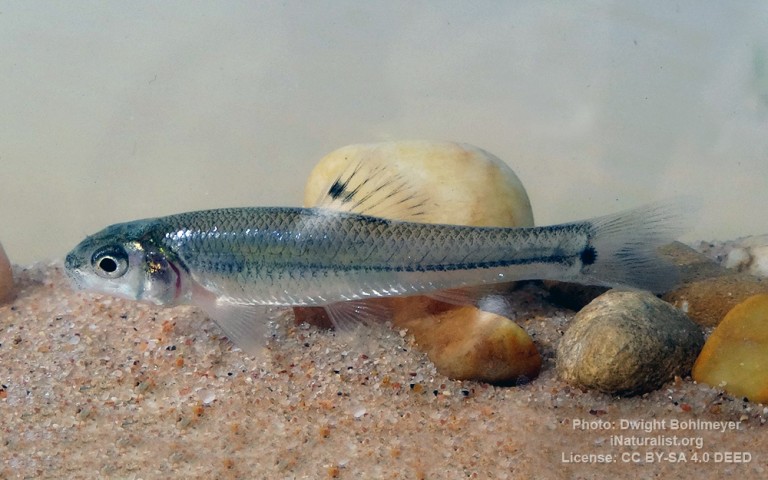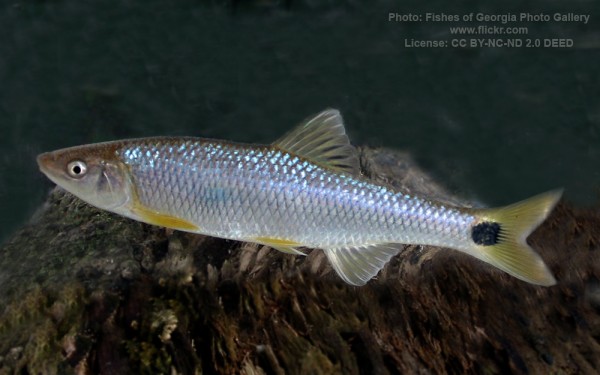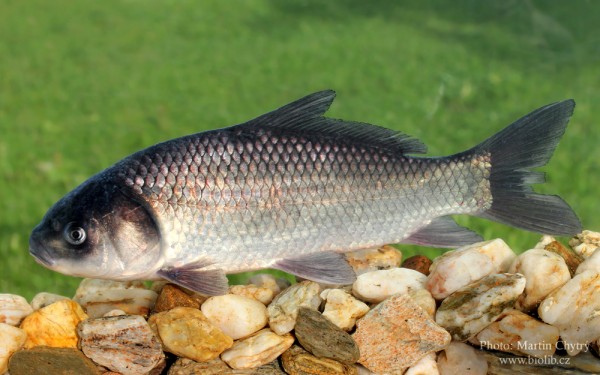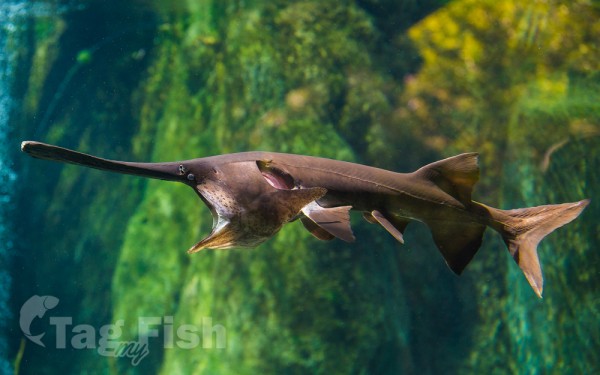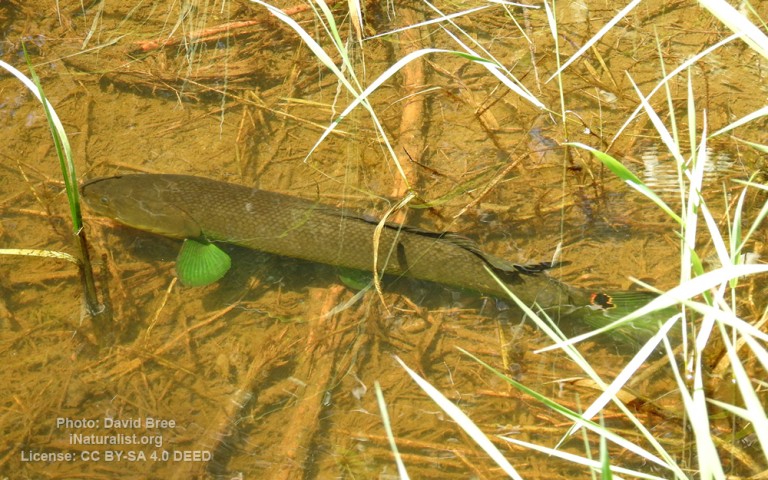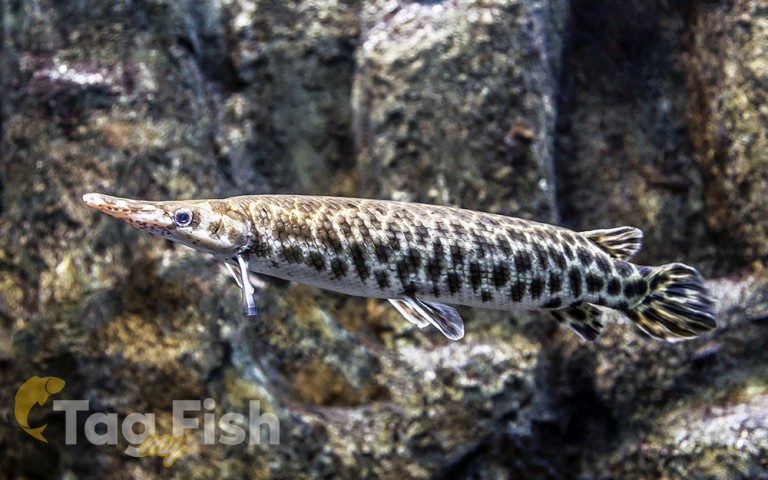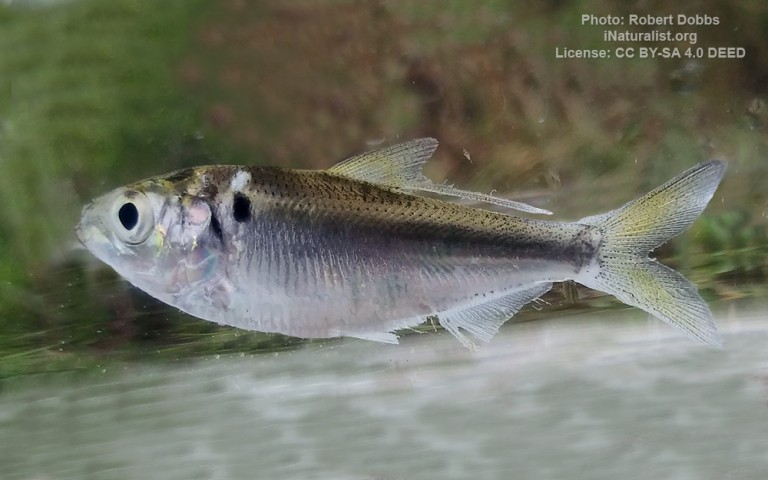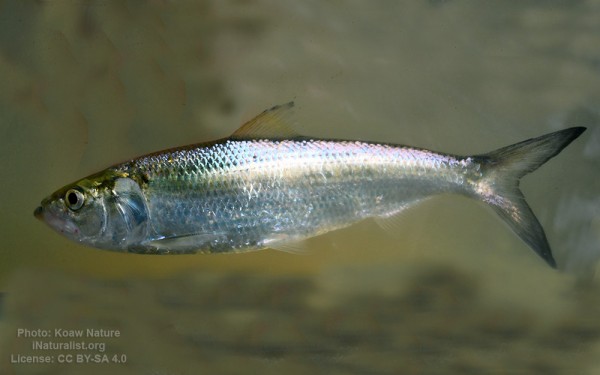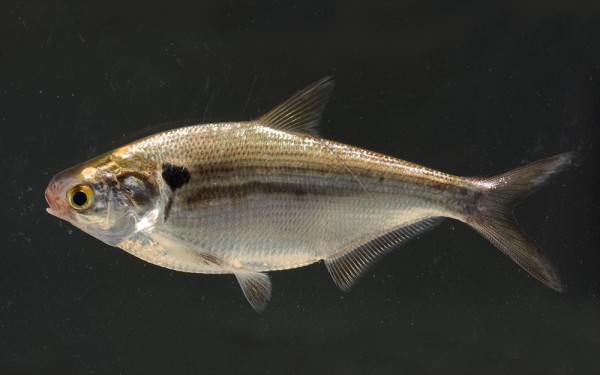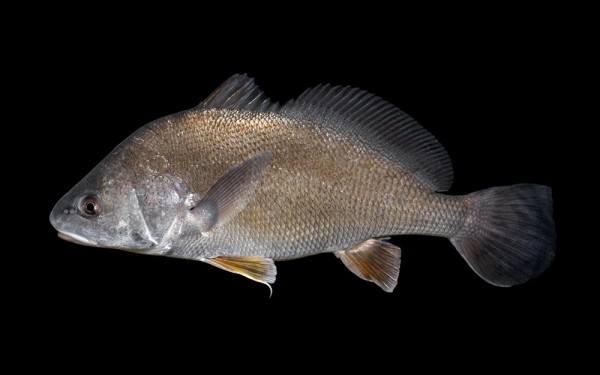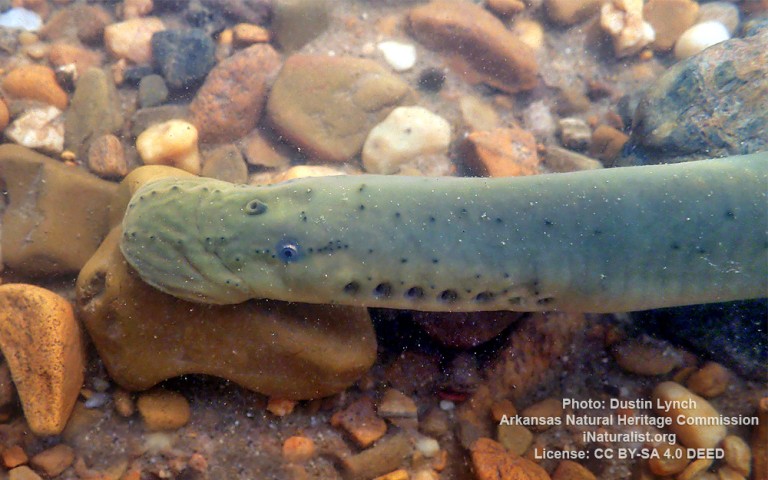Lake Texoma
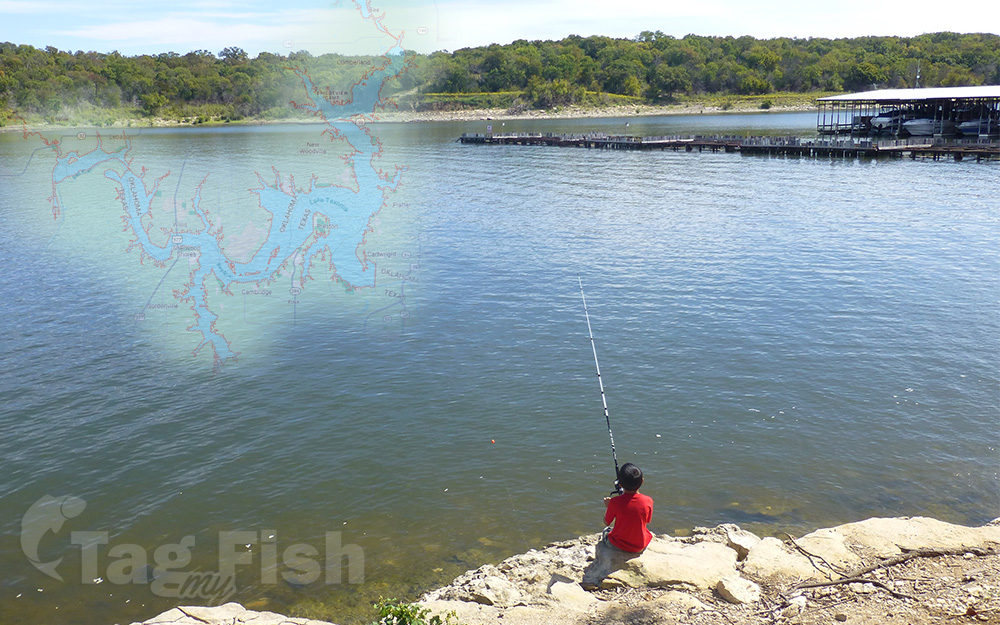
Largest tributaries
Moroniformes - Temperate basses
Moroniformes - Temperate basses
Siluriformes - Catfishes
Centrarchiformes - Basses and sunfishes
Cypriniformes - Carps
Acipenseriformes - Sturgeons and Paddlefish
Amiiformes - Bowfins
Lepisosteiformes - Gars
Clupeiformes - Herrings
Acanthuriformes - Surgeonfishes
Petromyzontiformes - Lampreys
Moroniformes - Temperate basses
Siluriformes - Catfishes
Centrarchiformes - Basses and sunfishes
Cypriniformes - Carps
Acipenseriformes - Sturgeons and Paddlefish
Amiiformes - Bowfins
Lepisosteiformes - Gars
Clupeiformes - Herrings
Acanthuriformes - Surgeonfishes
Petromyzontiformes - Lampreys
Lake Texoma is one of the largest reservoirs in the United States. Lake is formed by Denison Dam on the Red River in Bryan County, Oklahoma, and Grayson County, Texas, about 726 miles (1,168 km) upstream from the mouth of the river. It is located at the confluence of the Red and Washita Rivers. The project was completed in 1944. The damsite is about 5 miles (8.0 km) northwest of Denison, Texas, and 15 miles (24 km) southwest of Durant, Oklahoma.
Lake Texoma is the most developed and most popular lake within the USACE Tulsa District, attracting around 6 million visitors a year. Oklahoma has more of the lake within its boundaries than Texas.
Two main sources are the Red River from the west and Washita River from the north. Other notable sources include Big Mineral Creek, Little Mineral Creek, Buncombe Creek, Rock Creek, and Glasses Creek. Lake Texoma drains into the Red River at the Denison Dam.
Saltwater from the Red River
The Red River that formed Lake Texoma is a saltwater river due to salt deposits left over from a 250-million-year-old former sea that was in the current Texas-Oklahoma border region. As time passed, that sea evaporated, leaving salts deposits — mostly sodium chloride. Rock and silt eventually buried the deposits, but the salts continue to leach through natural seeps in tributaries above Lake Texoma, sending as much as 3,450 tons of salt per day flowing down the Red River. The problem with the water in the Red River is much of it is too salty and requires costly treatment, if it is usable at all.
Due to this phenomenon, striped bass, a saltwater fish species, thrives in Lake Texoma. Lake Texoma is home to the only self-sustaining population of striped bass in Texas.
